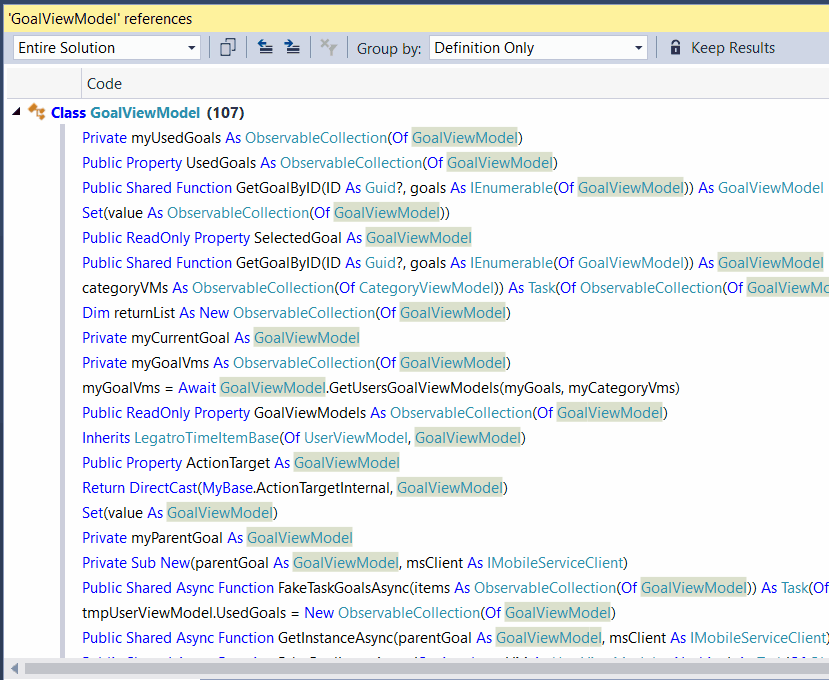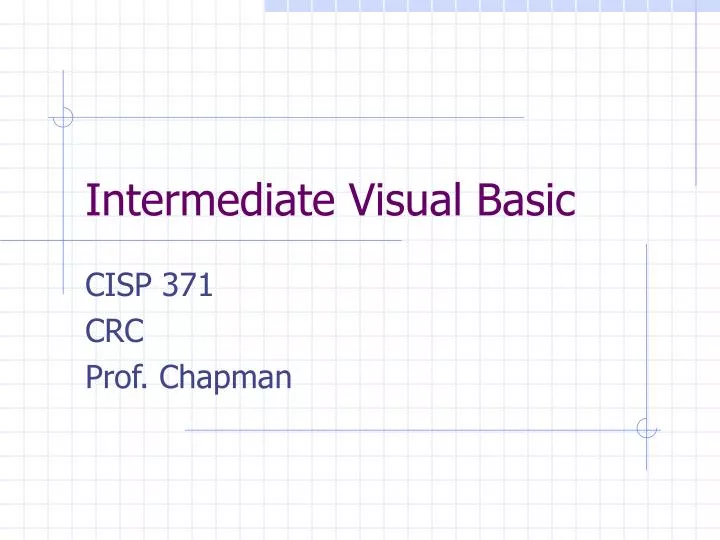
/bockwurst-sauerkraut-and-pickles-87115398-58b5a2dc3df78cdcd8814d5d.jpg)
Imagine, for example, you wanted to find all the Async methods which a type provides, since you’re refactoring an app to become more responsive: Visual Studio 2017 lets types become even more quickly discoverable by introducing IntelliSense filtering and highlighting. Since Visual Basic 5.0, IntelliSense has always been a great source for finding and exploring types or all a type’s members. Just hover with the mouse over a guideline and let the editor give you an overview over the current structure levels. When you’re editing extensive methods, which are more than a screen page long, Structure Guide Lines help you to keep track of the structure indent level you’re currently seeing and editing. One of the most obvious new aids you’ll notice after you started Visual Studio for the first time, are Structure Guide Lines. Visual Studio 2017 introduces a great deal of new features around IntelliSense, refactoring and navigation to that end.

New IDE FeaturesĪs a Visual Basic developer, you attach importance to a productive IDE, which helps you focus on and speed up your daily VB development tasks. Keep in mind though, that projects get loaded, when their correlated branch is open – so the more branches you had open when you quit Visual Studio, the longer it takes to reload your solution on next start. Visual Studio remembers also for solutions with lightweight loading, which branches were open when you closed the solution, and reopens them on next load.

Notice though, when you do this for the first time, all the branches of the solution explorer tree view are closed.


 0 kommentar(er)
0 kommentar(er)
